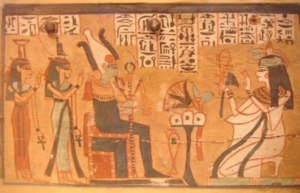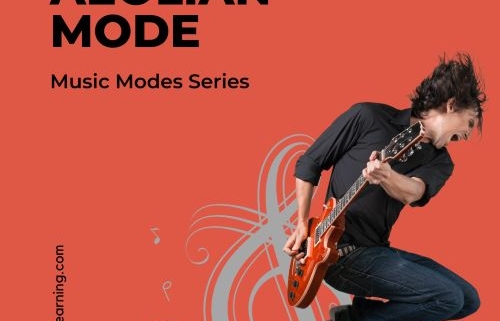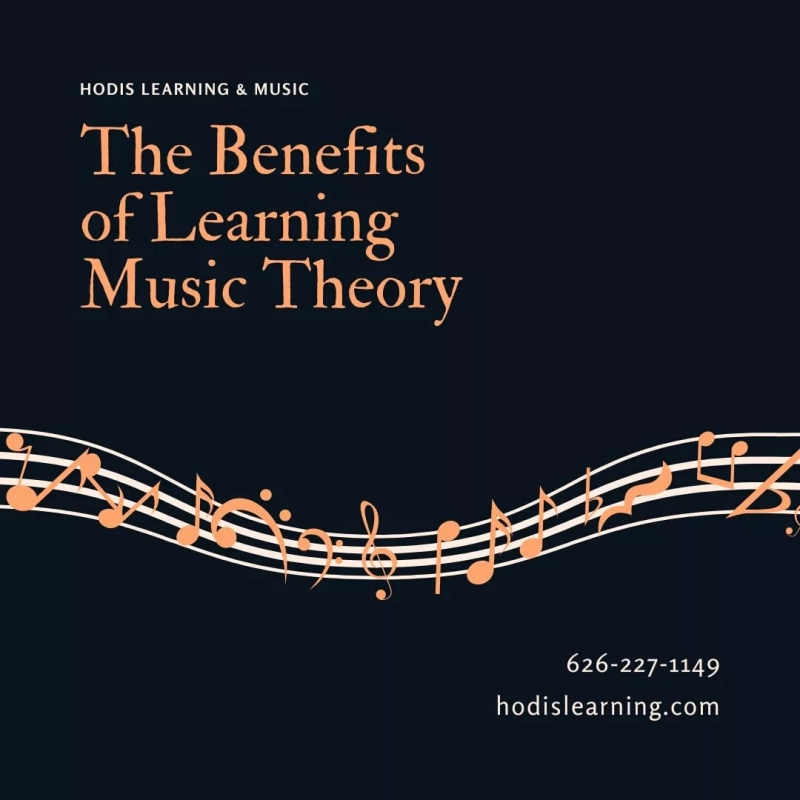Learning to play the piano can be a challenging and rewarding experience, but it requires a significant amount of time and dedication to develop the skills necessary to play well. For many students, the challenge of practicing regularly can be overwhelming, making it difficult to progress and achieve their musical goals. Here are five tips for motivating your student to practice the piano:
1. Set Realistic Goals
Setting achievable goals for your student can be a great motivator. Start by setting short-term goals that are attainable in a week or two, and then gradually increase the difficulty as your student becomes more confident.
2. Make Practice Fun
If practice feels like a chore, it’s likely your student will lose interest quickly. Encourage your student to have fun while they practice by playing games, creating challenges, and trying new pieces.
3. Offer Positive Reinforcement
Positive reinforcement can be a powerful motivator. When your student practices well, reward them with something they enjoy, such as a trip to the park, a special treat, or extra screen time.
4. Encourage Collaboration
Encourage your student to play with other musicians or join a music ensemble. Collaborating with others can make practice more enjoyable and provide a new level of motivation.
5. Create a Routine
Establishing a regular practice routine can help your student stay motivated and achieve their goals. Encourage your student to practice at the same time each day, and set aside dedicated time for practice to minimize distractions.
Summary
In conclusion, motivation is key to ensuring your student is successful in learning the piano. By setting realistic goals, making practice fun, offering positive reinforcement, encouraging collaboration, and creating a routine, you can help your student stay motivated and achieve their musical goals. With patience, encouragement, and the right approach, your student will be well on their way to becoming a skilled pianist.
Take Your Skills to the Next Level With Music Lessons
If your student is serious about taking up the piano or another instrument, consider enrolling in music lessons. Hodis Learning & Music offers expert music lessons at competitive rates. Our tailored, individualized approach to music lessons provides students with the opportunity to flourish in their studies. Contact us to learn more or schedule your first session!




















